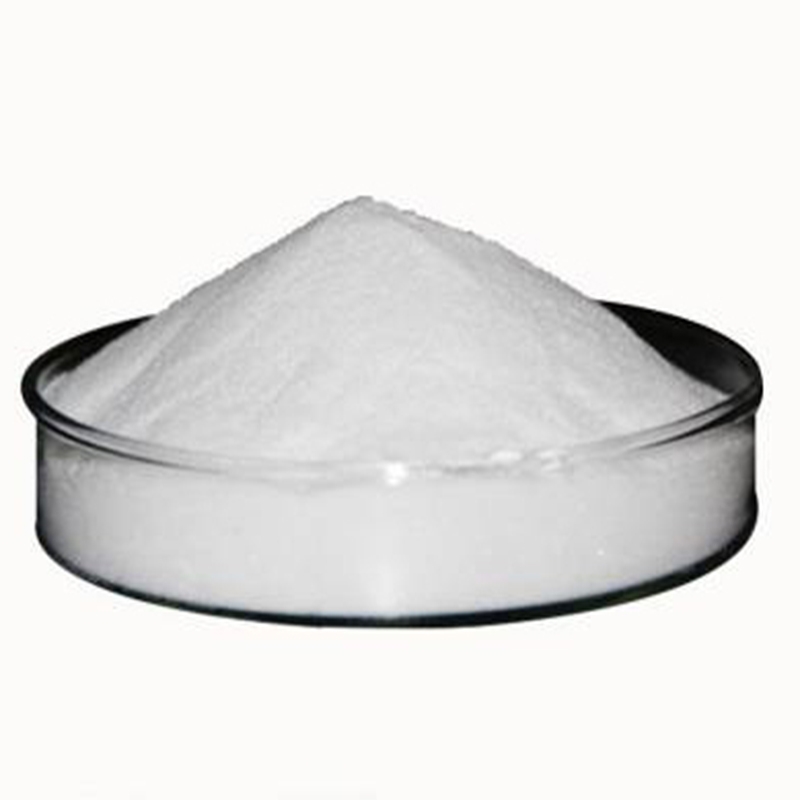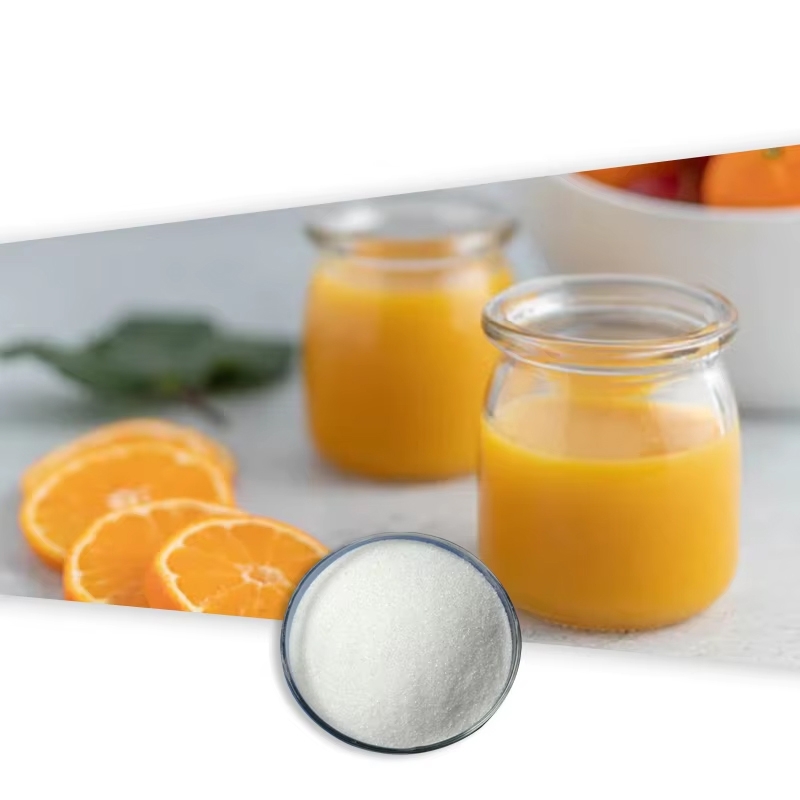-
Categories
-
Pharmaceutical Intermediates
-
Active Pharmaceutical Ingredients
-
Food Additives
- Industrial Coatings
- Agrochemicals
- Dyes and Pigments
- Surfactant
- Flavors and Fragrances
- Chemical Reagents
- Catalyst and Auxiliary
- Natural Products
- Inorganic Chemistry
-
Organic Chemistry
-
Biochemical Engineering
- Analytical Chemistry
-
Cosmetic Ingredient
- Water Treatment Chemical
-
Pharmaceutical Intermediates
Promotion
ECHEMI Mall
Wholesale
Weekly Price
Exhibition
News
-
Trade Service
Namibia’s "New Age" reported on September 6 that Namibia’s raw milk production is declining at an alarming rate
.
The average raw milk production from 2015 to 2018 was 24 million liters
.
It will fall to 21 million liters in 2019 and to 17 million liters in 2020
.
The expected milk production in 2021 is estimated at 12 million litres, which means that the supply of milk to processors is extremely low
.
People in the Namibian dairy industry warned last week that the industry was about to collapse and asked the government to consider measures to save jobs and businesses
.
Milk production in Namibia has fallen by 50% in the past three to four years, and feed costs have risen to 70% to 85% of production costs
.
.
The average raw milk production from 2015 to 2018 was 24 million liters
.
It will fall to 21 million liters in 2019 and to 17 million liters in 2020
.
The expected milk production in 2021 is estimated at 12 million litres, which means that the supply of milk to processors is extremely low
.
People in the Namibian dairy industry warned last week that the industry was about to collapse and asked the government to consider measures to save jobs and businesses
.
Milk production in Namibia has fallen by 50% in the past three to four years, and feed costs have risen to 70% to 85% of production costs
.
Leo, General Manager of Namibia Dairy Companynie Prinsloo said that in the past five years (as of 2020), local farmers have gained about 330 million nannies from milk production.
If the dairy industry implodes, they will lose about 1,500 direct jobs, and support industries will lose 1,500 indirect jobs.
Job position
.
Consumers in remote areas are at risk of not having access to dairy products
.
If the dairy industry implodes, they will lose about 1,500 direct jobs, and support industries will lose 1,500 indirect jobs.
Job position
.
Consumers in remote areas are at risk of not having access to dairy products
.
Experts believe that Namibia is a signatory of international trade agreements, and the trade liberalization brought about by trade agreements has led to a large number of imported dairy products on the Namibian market
.
The Namibian government tried to protect the local dairy industry through the Infant Industry Protection (IIP) program between 2000 and 2007
.
However, the Southern African Customs Union (SACU) requires that the program can only provide a protection period of up to eight years for smaller economies
.
Even during the protection of the infant industry, the dairy industry failed to achieve the required economies of scale by producing large quantities of products at low cost
.
After the infant industry protection period expired, international competition has returned
.
The Namibian dairy industry therefore once again called for protection, and the government also imposed import restrictions
.
.
The Namibian government tried to protect the local dairy industry through the Infant Industry Protection (IIP) program between 2000 and 2007
.
However, the Southern African Customs Union (SACU) requires that the program can only provide a protection period of up to eight years for smaller economies
.
Even during the protection of the infant industry, the dairy industry failed to achieve the required economies of scale by producing large quantities of products at low cost
.
After the infant industry protection period expired, international competition has returned
.
The Namibian dairy industry therefore once again called for protection, and the government also imposed import restrictions
.







